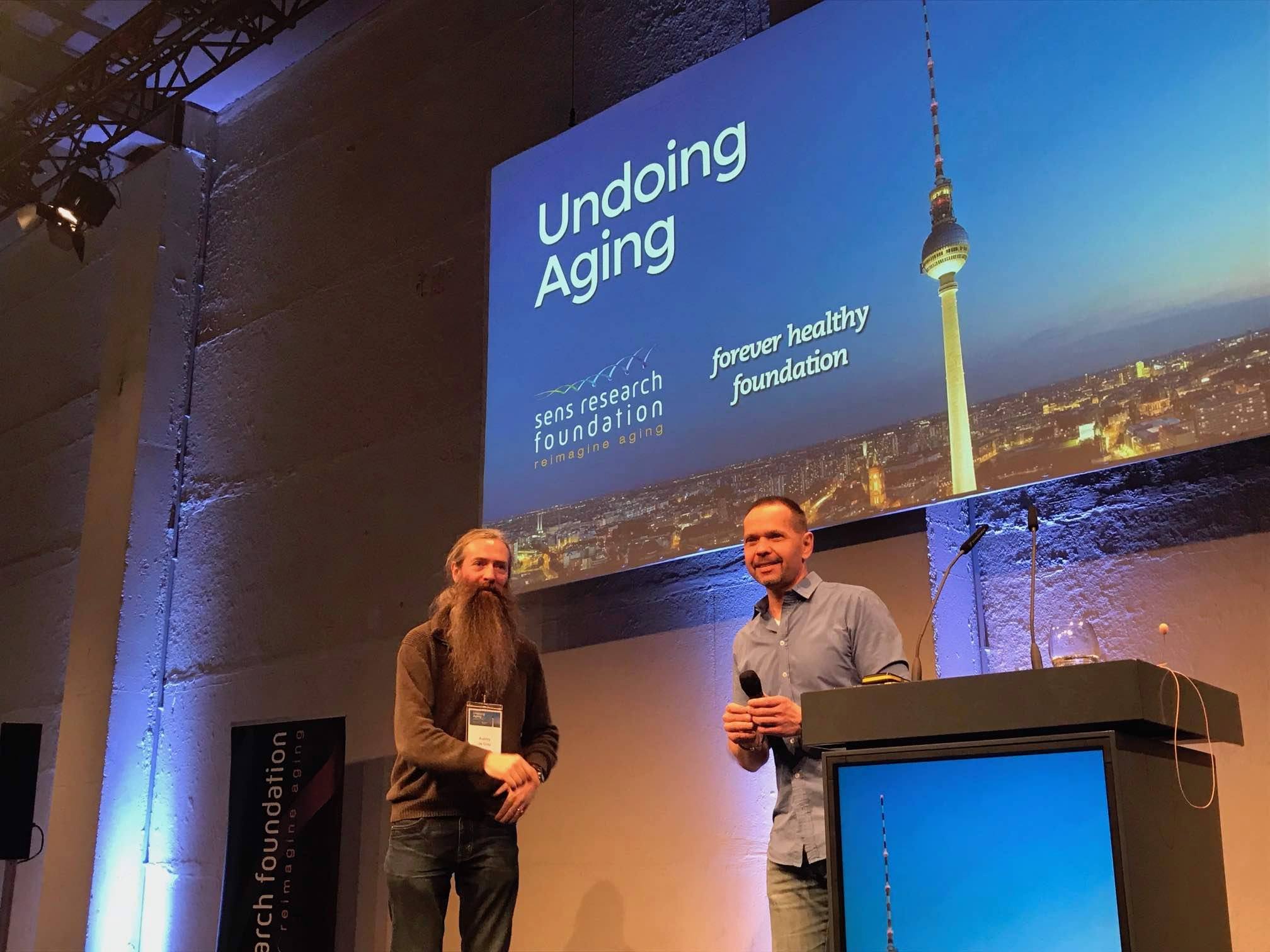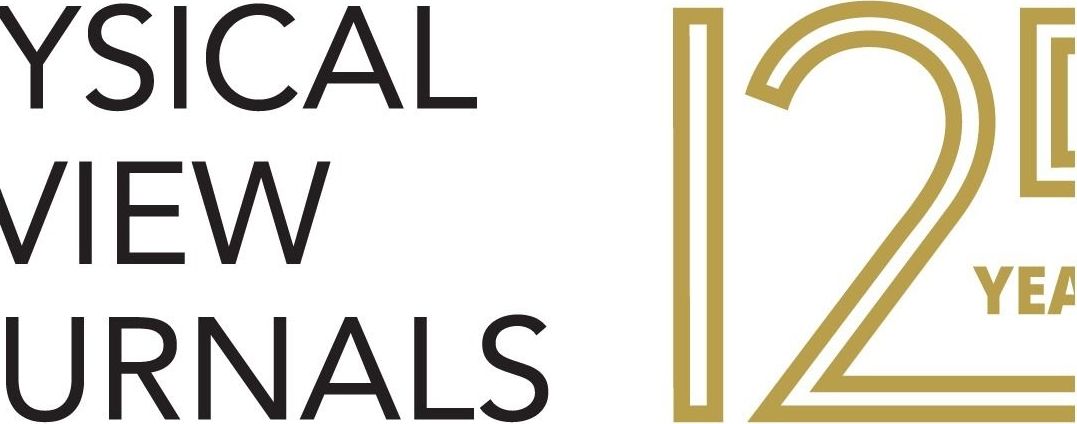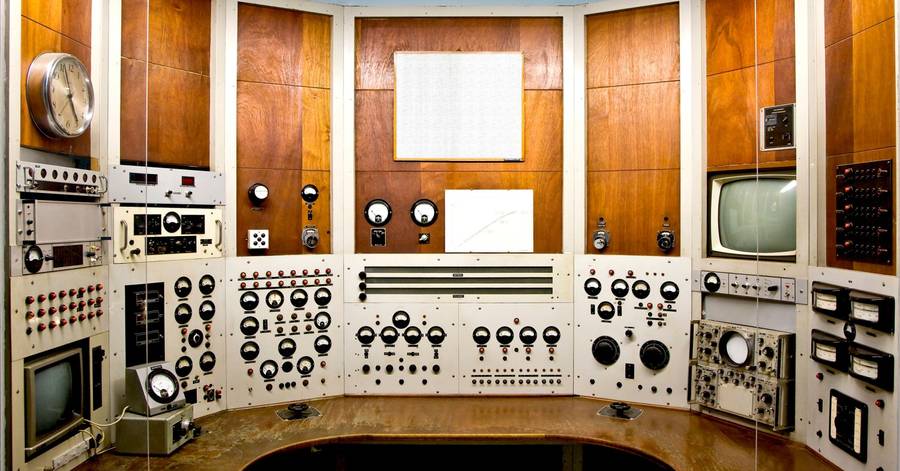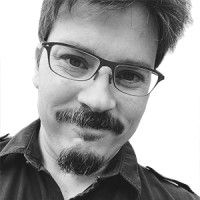Page 9901
Mar 17, 2018
Stephen Hawking Lived Beyond His Body
Posted by Genevieve Klien in categories: computing, internet, sustainability
For all of us, the act of being and thinking requires a network of complex support. The late physicist’s disability made it visible.
Midnight. As I was browsing the internet, I saw, like shooting stars, emails suddenly appear and disappear from the right-hand corner of my computer screen. The first from CNN announcing the death of Stephen Hawking, the second from an editor at The Atlantic asking me to write about him.
I had written about the man for 10 years—as a biographer of some sort, or an anthropologist of science to be more precise, studying the traces of Hawking’s presence. But now I felt a powerless inertia, unable to write anything. I didn’t think I would be affected by his death, but it touched me deeply. I was overwhelmed by the numerous articles that started to appear all over the world doing precisely what I had studied for so long and so carefully: recycling over and over again the same stories about him. Born 300 years after the death of Galileo Galilei, holder of Cambridge’s Lucasian Chair of Mathematics (once held by Isaac Newton), and now … died on the same day Albert Einstein was born. The life paths of history’s most iconic scientists intersected in weird ways. The puzzle seemed complete: Hawking had fully entered the pantheon of the great.
Mar 17, 2018
Let the robots have the damn jobs—all of them!
Posted by Genevieve Klien in categories: economics, employment, robotics/AI
There are several ways we can deal with the troubles that lie ahead during the transition to full automation. Some experts and companies are exploring basic income, the centuries-old idea of giving unconditional money to all citizens, enough for them to live their lives. Other thought leaders such as Bill Gates are proposing robot taxes, where companies that use automation pay certain fees for the jobs they take away from humans. Other solutions might emerge.
Automation will continue to move forward at an accelerating pace. We don’t need to fear about the destination. Instead, we must prepare ourselves for the rocky road ahead. I’m not worried about the robots taking all the jobs. I’m worried about them leaving some to the humans.
Mar 17, 2018
Aubrey and myself announcing a new way to get more scientists to work on cures for aging — The Forever Healthy Foundation Fellowship in Rejuvenation Biotechnology
Posted by Michael Greve in categories: biotech/medical, life extension
All Ph.D.s invited smile
Details: https://www.undoing-aging.org/news/request-for-proposal-anno…technology
Mar 17, 2018
The New Age of Manufacturing
Posted by Derick Lee in categories: employment, robotics/AI
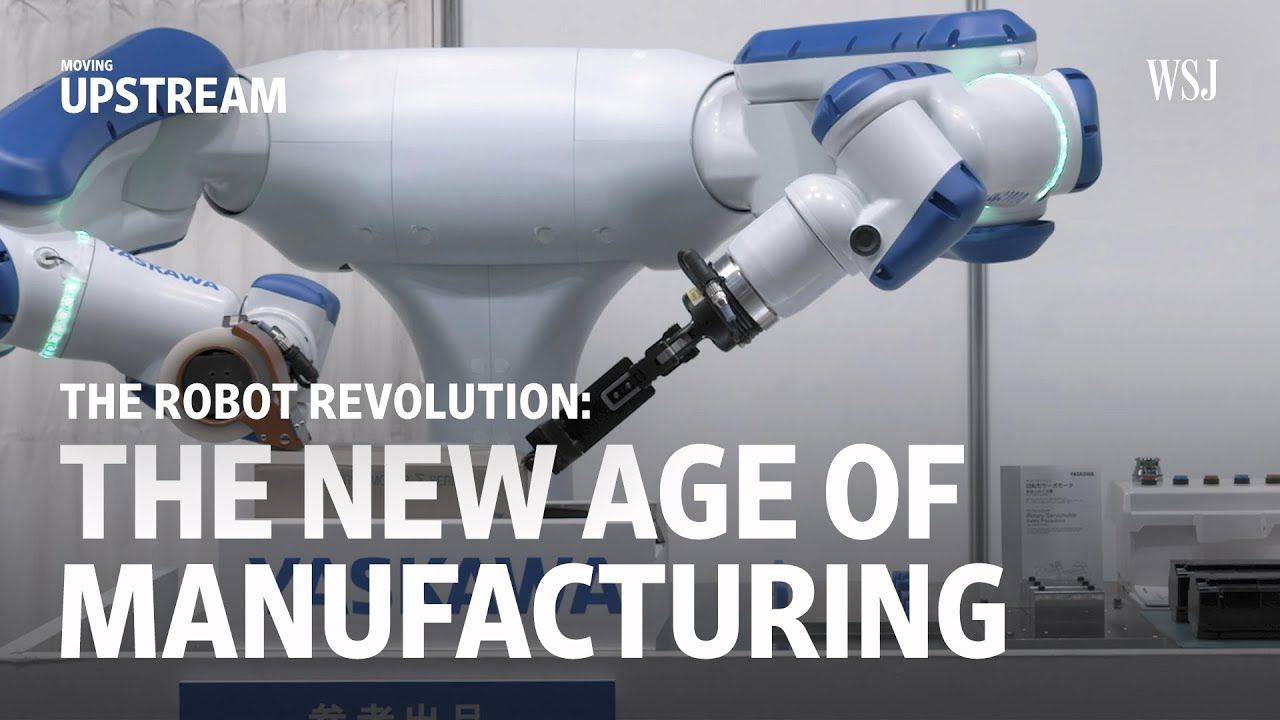
Hundreds of millions of jobs affected. Trillions of dollars of wealth created. These are the potential impacts of a coming wave of automation. In this episode of Moving Upstream, we travelled to Asia to see the next generation of industrial robots, what they’re capable of, and whether they’re friend or foe to low-skilled workers.
Watch more episodes: wsj.com/upstream
Throughout 2018 APS is celebrating the 125th anniversary of The Physical Review. To commemorate this milestone the editors present a selection of important articles.
Mar 16, 2018
‘What Is Real?’ Review: Quarks and Quandaries
Posted by Genevieve Klien in categories: particle physics, quantum physics
Many physicists sidestep the philosophical puzzles altogether, preferring to “shut up and calculate.”
If quantum mechanics can be said to have a capital city it is surely Copenhagen, birthplace of the physicist Niels Bohr (1885−1962) and of the formalism he and others developed to make sense of the subatomic realm. Their approach, the “Copenhagen Interpretation,” is expounded in every textbook. Yet it has been questioned many times, and in “What Is Real?” Adam Becker tells a fascinating if complex story of quantum dissidents. Two of the most important not only displeased Bohr, they also attracted the attention of the FBI.
The Air Force controls most of America’s plans for warfighting in space—but politicians have voiced concerns that the U.S. could be vulnerable to Russian and Chinese attacks.
Mar 16, 2018
Quantum coherence–driven self-organized criticality and nonequilibrium light localization
Posted by Genevieve Klien in categories: biological, chemistry, quantum physics
Self-organized criticality emerges in dynamical complex systems driven out of equilibrium and characterizes a wide range of classical phenomena in physics, geology, and biology. We report on a quantum coherence–controlled self-organized critical transition observed in the light localization behavior of a coherence-driven nanophotonic configuration. Our system is composed of a gain-enhanced plasmonic heterostructure controlled by a coherent drive, in which photons close to the stopped-light regime interact in the presence of the active nonlinearities, eventually synchronizing their dynamics. In this system, on the basis of analytical and corroborating full-wave Maxwell-Bloch computations, we observe quantum coherence–controlled self-organized criticality in the emergence of light localization arising from the synchronization of the photons. It is associated with two first-order phase transitions: one pertaining to the synchronization of the dynamics of the photons and the second pertaining to an inversionless lasing transition by the coherent drive. The so-attained light localization, which is robust to dissipation, fluctuations, and many-body interactions, exhibits scale-invariant power laws and absence of finely tuned control parameters. We also found that, in this nonequilibrium dynamical system, the effective critical “temperature” of the system drops to zero, whereupon one enters the quantum self-organized critical regime.
The self-organization of many nonequilibrium complex systems toward an “ordered” state is a profound concept in basic science, ranging from biochemistry to physics (2–4). Examples include the group movement of flocks of birds , motions of human crowds , neutrino oscillations in the early universe , and the formation of shapes (“morphogenesis”) in biological organisms (8, 9). An intriguing trait of this nonequilibrium, driven-dissipative systems (2, 3) is that their self-organization can lead them to a phase transition and to critical behavior—a phenomenon known as self-organized criticality (SOC) (10). Unlike equilibrium phase-transition phenomena, such as superconductivity or ferromagnetism, where an exogenous control parameter (for example, temperature or pressure) needs to be precisely tuned for the phase transition to occur, no such fine-tuning is needed in SOC systems (10–13): They can self-organize and reach their critical state even when driven far away from it.
Mar 16, 2018
To Understand the Universe, Physicists Are Building Their Own
Posted by Genevieve Klien in categories: cosmology, quantum physics
Silke Weinfurtner is trying to build the universe from scratch. In a physics lab at the University of Nottingham—close to the Sherwood forest of legendary English outlaw Robin Hood—she and her colleagues will work with a huge superconducting coil magnet, 1 meter across. Inside, there’s a small pool of liquid, whose gentle ripples stand to mimic the matter fluctuations that gave rise to the structures we observe in the cosmos.
Weinfurtner isn’t an evil genius hell-bent on creating a world of her own to rule. She just wants to understand the origins of the one we already have.
The Big Bang is by far the most popular model of our universe’s beginnings, but even its fans disagree about how it happened. The theory depends on the existence of a hypothetical quantum field that stretched the universe ultra-rapidly and uniformly in all directions, expanding it by a huge factor in a fraction of a second: a process dubbed inflation. But that inflation or the field responsible for it—the inflaton—is impossible to prove directly. Which is why Weinfurtner wants to mimic it in a lab.
Continue reading “To Understand the Universe, Physicists Are Building Their Own” »



